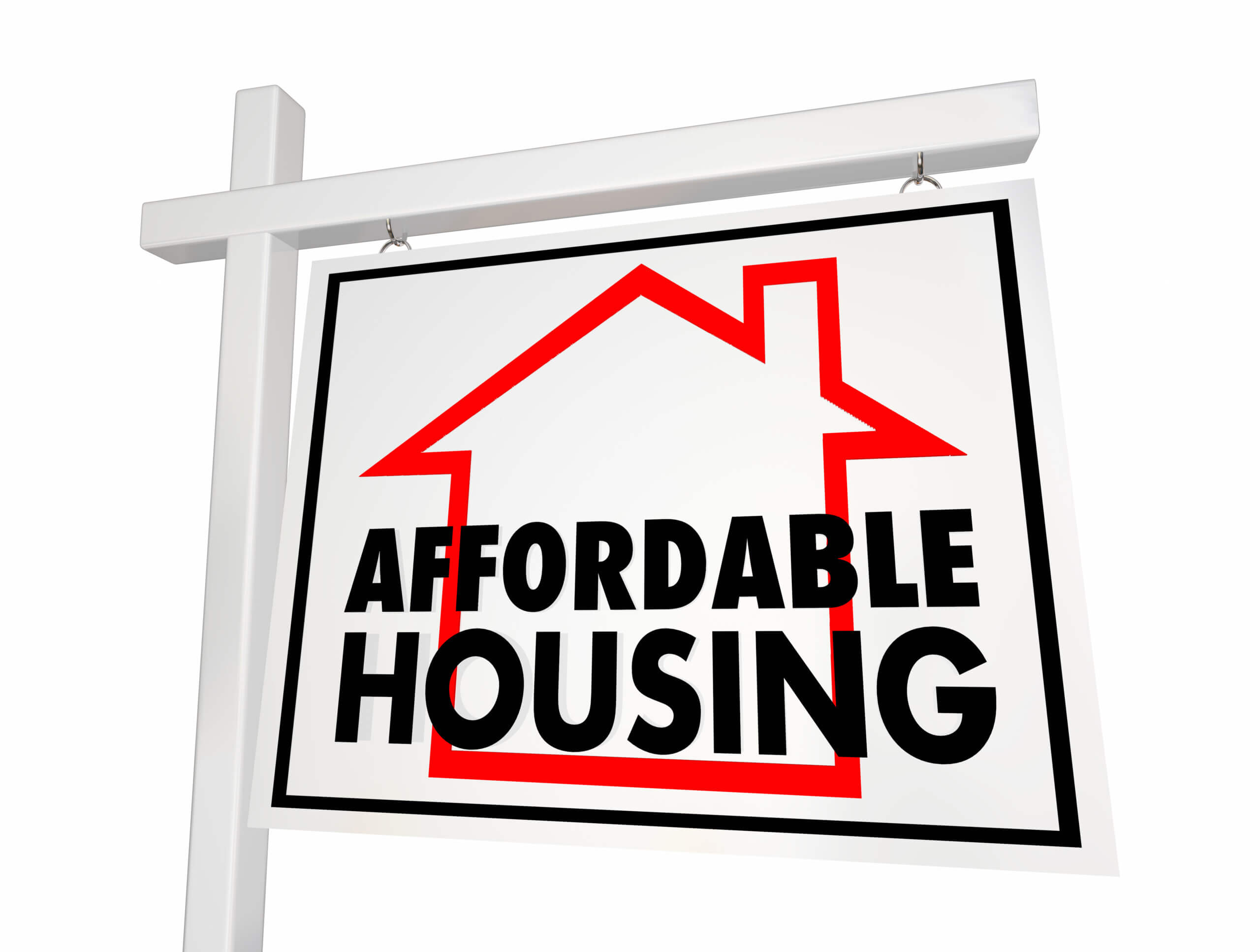The state Department of Community Affairs has released its nonbinding next round of affordable housing calculations for municipalities.
Under the calculations, Cape May County’s 16 municipalities have a combined present obligation for 431 living units and a future need for 561 units. (Table below shows obligations by municipality.)
The calculations, released Oct. 18, are considered nonbinding in that municipalities can accept the DCA numbers or calculate their own affordable housing obligations in a manner consistent with New Jersey statutes.
By Jan. 31, 2025, each municipality must pass a binding resolution that sets forth its present and prospective obligations. Each town then has 48 hours to file an action with respect to the resolutions with the Affordable Housing Dispute Resolution Program. The penalty for failure to meet this schedule is loss of immunity from builder’s remedy lawsuits until the municipality is in compliance.
Interested parties have until Feb. 28, 2025, to challenge a municipality’s determination of its obligations. The Dispute Resolution Program will rule on any challenge.
The next deadline is June 30, by which time the municipalities have to file their adopted Housing Element and Fair Share Plans. These plans include proposed draft zoning and other ordinances and resolutions, and they are intended to satisfy the obligations already determined and accepted by the municipality.
Failure to file by the deadline results in loss of immunity from exclusionary zoning litigation. Interested parties can challenge a municipality’s fair share plan by Aug. 31, and municipalities then have until Dec. 31 to address any challenge and until March 15, 2026, to adopt a revised Housing Element and Fair Share Plan if necessary. That action would include needed changes to zoning.
Round four of the affordable housing process ends on June 30, 2035. The new deadlines, and the enforcement mechanism attached to them, provide for a much more expedited process than has existed in past rounds.
The DCA calculations were required by legislation signed by Gov. Phil Murphy in March that established a framework for determining and enforcing affordable housing obligations in the state’s 564 municipalities.
The new law is not without opposition. Soon after Murphy signed the legislation, nine municipalities filed a legal challenge, arguing in a 102-page complaint that the law represented overreach by the state, taking away the right of local communities to have a say in how they grow.
The number of towns that are now part of litigation has expanded to 21, with more than 80% of them located in either Bergen or Morris counties. The only municipality in South Jersey to join the legal challenge is Mannington, in Salem County.
Affordable housing advocates welcomed the new law and the DCA report. Adam Gordon of the Fair Share Housing Center called the litigation a “smokescreen,” adding that ultrawealthy, predominantly white towns were seeking “to block much needed affordable housing.”
Gordon praised the DCA report, saying, “This is an opportunity for municipalities to prioritize sensible and equitable growth, redevelopment and infrastructure investment that will benefit their communities for generations to come.”
There are many more aspects to the law, which has overhauled many previous affordable housing statutes. They involve things as varied as a shift in the cap on age-restricted affordable housing units, which was increased from 25% to 30%, changes to the system of bonus credits a municipality can earn, and a change from 30 years to 40 years as a control period for rental units and 30 years for for-sale units, to mention a few.
The immediate focus will be on the numbers and the fair share plans to meet a town’s obligations. One key change in this new process is that the municipality’s fair share plan must address the prior third-round obligations.
For the state as a whole, the DCA report documents a need for more than 150,000 affordable living units. That number is composed of a current deficit 65,410 low- and moderate-income units and a projected need for an additional 84,698.
The process also officially abolishes the Council on Affordable Housing and establishes the Affordable Housing Dispute Resolution Program, consisting of up to seven members appointed by the chief justice of the state Supreme Court.
Contact the reporter, Vince Conti, at vconti@cmcherald.com.
| Present and Prospective Housing Need Obligations | |||
| Obligations 4th Round | Present Need | Prospective Need | Total |
| Avalon | 0 | 31 | 31 |
| Cape May City | 46 | 48 | 94 |
| Cape May Point | 0 | 5 | 5 |
| Dennis Township | 0 | 33 | 33 |
| Lower Township | 75 | 56 | 131 |
| Middle Township | 51 | 81 | 132 |
| North Wildwood City | 39 | 26 | 65 |
| Ocean City | 160 | 68 | 228 |
| Sea Isle City | 0 | 25 | 25 |
| Stone Harbor | 0 | 26 | 26 |
| Upper Township | 0 | 47 | 47 |
| West Cape May | 0 | 11 | 11 |
| West Wildwood | 8 | 4 | 12 |
| Wildwood City | 15 | 48 | 63 |
| Wildwood Crest | 10 | 25 | 35 |
| Woodbine | 27 | 27 | 54 |
| Total | 431 | 561 | 992 |
| Source: DCA Report | |||








